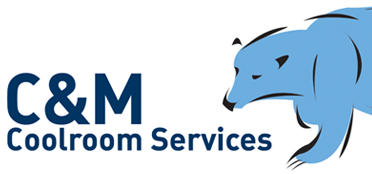Coolroom Food Safety and Why Temperature Matters
06 November 2020Businesses that revolve around selling food products or serving meals usually utilise coolrooms for the proper storage of their goods. Without coolrooms, owners of these businesses would find it truly difficult to preserve the quality and freshness of their offerings.
But even with the presence of coolrooms, there is another factor that business owners should consider. Raw food products may be fresh, but their overall safety may be compromised if they are not stored optimally inside these coolrooms. Temperature is vital to the safety of food. And so, improper regulation of coolroom temperature can easily compromise the quality of their food products.
Maintaining Food Safety with Coolrooms
If you currently own a food-related business, then you most probably already own a coolroom. However, it would still be ideal for you to explore again the main roles of this specific room. After all, these roles allow your coolrooms to maintain the safety of your food products.
One of the main roles of coolrooms is to ensure that your food will not get spoiled, even after a long time of storage. They do this by maintaining the optimal temperature of the whole place all the time. The freezing temperatures of coolrooms will not only allow bacteria to infiltrate your food products, but they also prevent them from multiplying exponentially. This benefit alone can easily prolong the life of your food products as well as maintain their overall safety once they are sold, prepared, or served.
Another main role of coolrooms is that they provide a proper storage environment for food products. A freezer or a refrigerator may help store your products. However, if the overall quantity of your products exceeds the storage capacity of your units, then you may still expect some spoilage on your offerings. A coolroom with shelves can easily provide you the correct storage for your products and separate those that may spoil easily. You can likewise expect proper circulation of air inside these rooms.
Food Safety and Storage Temperatures
Food products that are prone to spoil easily are known as high-risk foods. The optimal storage requirement for this type of food would be below 5 degrees Celsius in a walk-in refrigerator. Once these foods are placed in an environment that is between 5 to 60 degrees Celsius, then they can easily cause some issues to the people who may be consuming them.
Some of the food products that are known as high-risk include raw and cooked meat, dairy products, seafood and fish stock, cooked rice and pasta, food containing eggs, and soybean products. To maintain their freshness for a long time, these products must be kept frozen at -18 degrees Celsius. You can increase their storage temperature but should not ever exceed 5 degrees. And to maintain the temperatures of your coolrooms, it would be great for these rooms to have some thermometers so that they can check and record the temperatures regularly. Some practices can also be observed to maintain food safety. First, you may want to avoid refreezing food products that have been thawed before. Additionally, you must always separate raw and cooked food when storing them in a coolroom so they do not contaminate each other.
Mark Connelly
C&M Coolroom Services
E-mail: markconnelly@cmcoolrooms.com.au
Mobile: 0412 536 315
Optimized by NetwizardSEO.com.au


